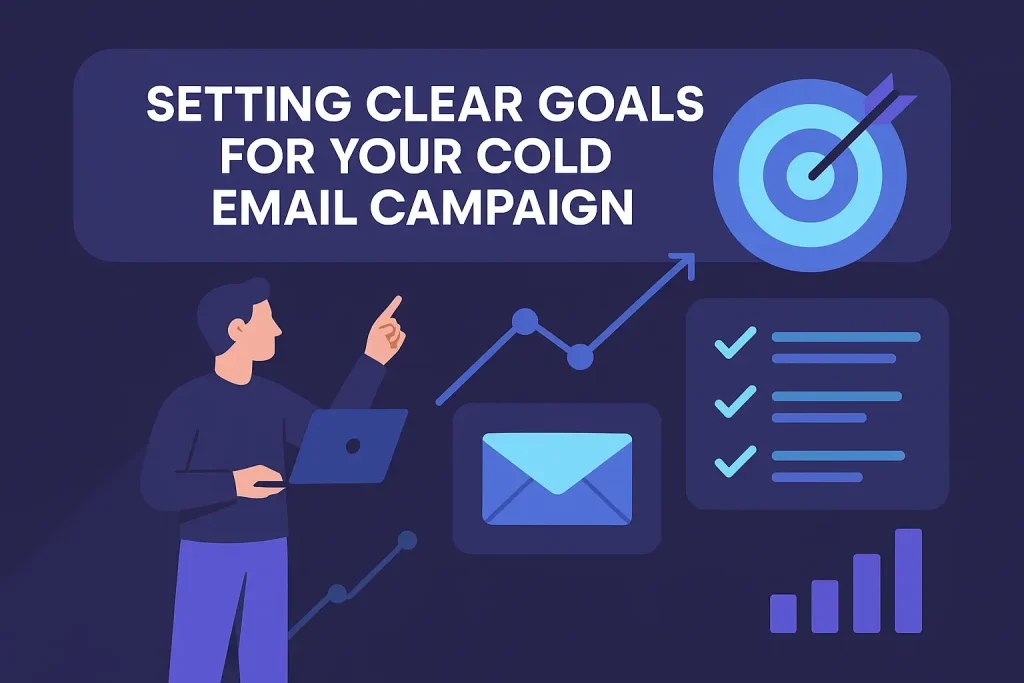
Making the perfect cold email can seem hard. But, with the right steps, it can help a lot in reaching out to others.
Think about being able to talk to new clients and partners easily. You won’t need to do a lot of research or follow up. A good effective outreach plan is very important.
By making your outreach simpler, you can get great results. This means knowing who you’re talking to and making your message fit them well.
A good email strategy is essential for reaching out successfully.
Table of Contents
Understanding the Power of Cold Emails
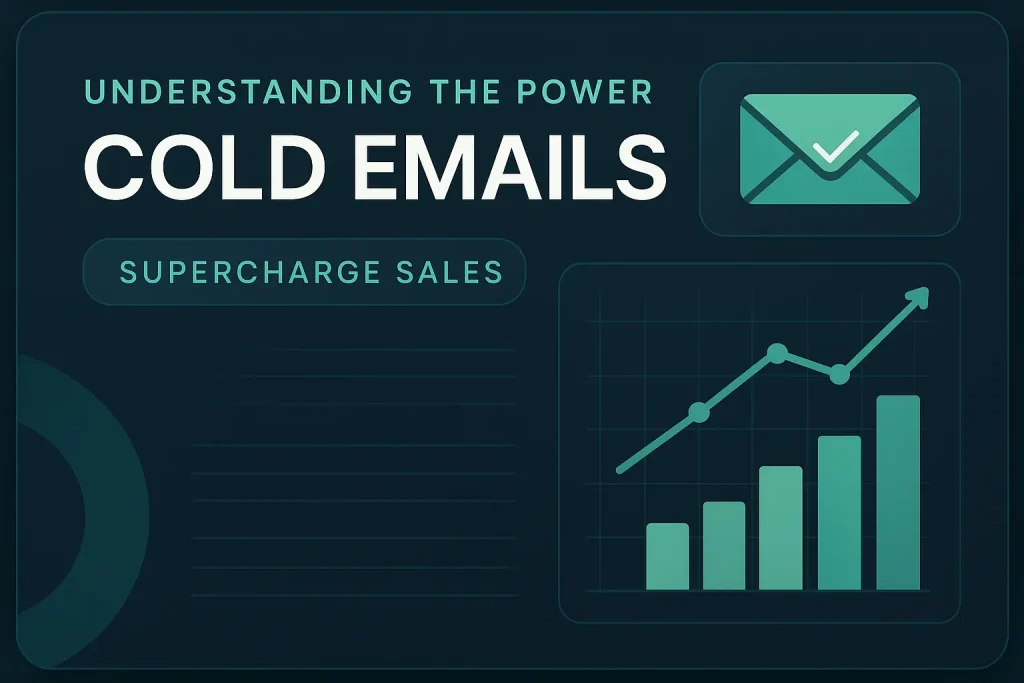
Cold emails can really help a company get more leads. They let businesses talk directly to possible customers. This is different from other marketing ways.
What Makes Cold Emails Different from Other Marketing Channels
Cold emails are special because they let you talk one-on-one with people. They are not like social media or big email campaigns. Cold emails are made just for the person you’re sending them to.
“The key to successful cold emailing lies in its ability to be both personal and scalable.” This means you can talk to lots of people in a way that feels personal. It’s a big plus for businesses.
The ROI of Well-Executed Cold Email Campaigns
Good cold email campaigns can bring in a lot of money. They often do better than other online marketing. This makes them a smart choice for businesses.
Industry-Specific Success Rates
How well cold emails work can change a lot by industry. Some industries might not get answers right away. But, they can get more sales later on. On average, about 8.5% of people reply to cold emails.
Cost-Effectiveness Compared to Other Channels
Cold emails are also very cheap to use. You can send lots of emails without spending a lot of money. This makes them a great choice for businesses looking to save money.
Using cold emails can really help a business grow. They can bring in a lot of money and help a company get more leads.
The Psychology Behind Successful Cold Email Strategy
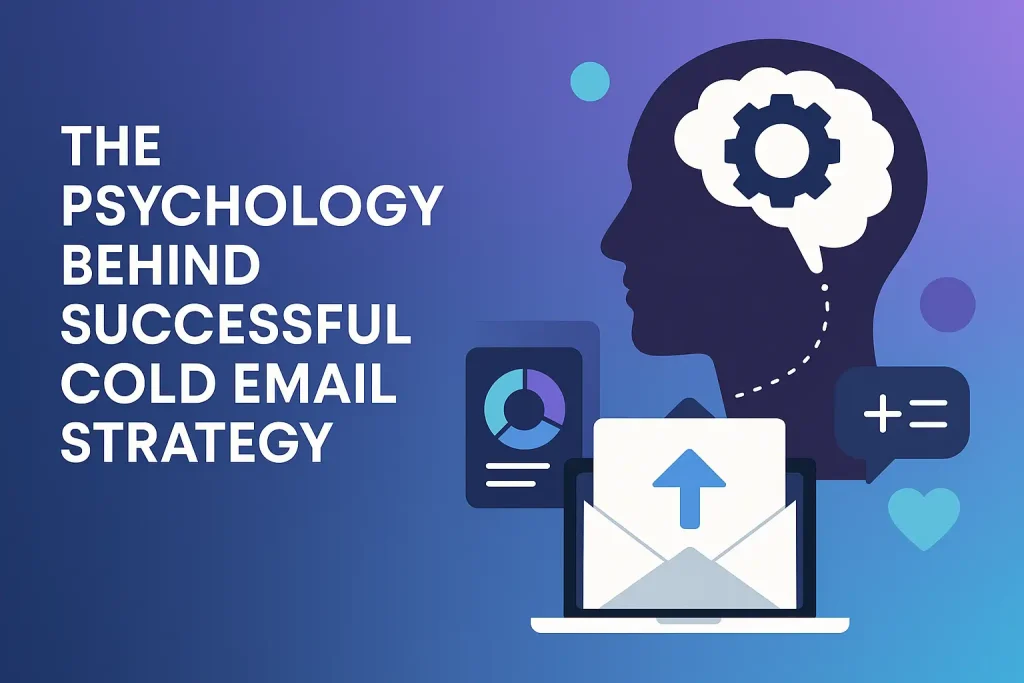
To make a good cold email strategy, you need to know how people think. It’s about understanding what makes them want to open your email.
Why People Open (or Ignore) Cold Emails
It’s important to know why people choose to open or ignore your emails. They make this choice very quickly.
The 3-Second Decision Process
When someone opens your email, they decide fast. It’s about the subject line, who sent it, and what it says first.
Psychological Triggers That Drive Action
Some things can make people more likely to act. Things like personal touches, being relevant, and clear calls to action. Personalized email campaigns that use names and specific details work better.
| Psychological Trigger | Description | Example |
|---|---|---|
| Personalization | Addressing the recipient by name and tailoring content to their interests | “Hi [Name], I saw that your company is expanding into new markets.” |
| Relevance | Ensuring the content is relevant to the recipient’s current needs or challenges | “Our solution can help you streamline your current operations.” |
| Clear Call-to-Action | Making it clear what action the recipient should take next | “Let’s schedule a call to discuss further.” |
Building Trust Through Your First Contact
Trust is key for cold email success. Be open, add value first, and keep your promises.
Knowing how people think helps you make personalized email campaigns. These campaigns can really connect with your audience and get them involved.
Setting Clear Goals for Your Cold Email Campaign
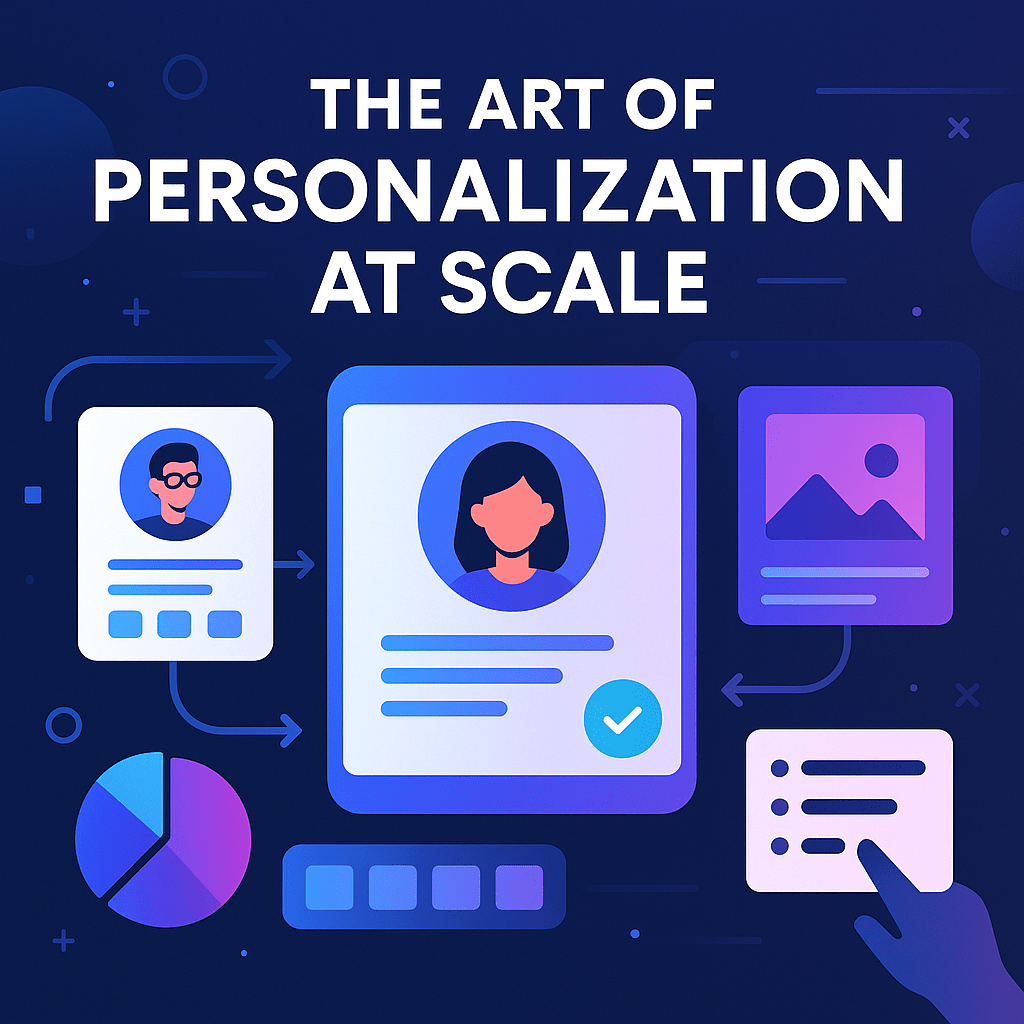
A good cold email plan starts with clear goals. You need to know what you want to get from your emails. This could be getting more leads, making sales, or just getting people to know your brand.
Defining Success Metrics
To see if your cold email campaign works, you must set the right goals. You should know what open and response rates are like in your field.
Open Rate Benchmarks by Industry
Open rates change a lot between different fields. For example, emails about education and non-profit sectors get opened more than those in retail or finance.
| Industry | Average Open Rate |
|---|---|
| Education | 25% |
| Non-Profit | 23% |
| Retail | 18% |
| Finance | 20% |
Response Rate Expectations
Response rates are usually lower than open rates but are key to seeing if your campaign works. A good response rate for cold emails is 3-5%.
Aligning Email Objectives with Business Goals
Your cold email goals should match your business aims. For instance, if you want to sell more, your emails should aim to make people buy.
Building Your Ideal Prospect List
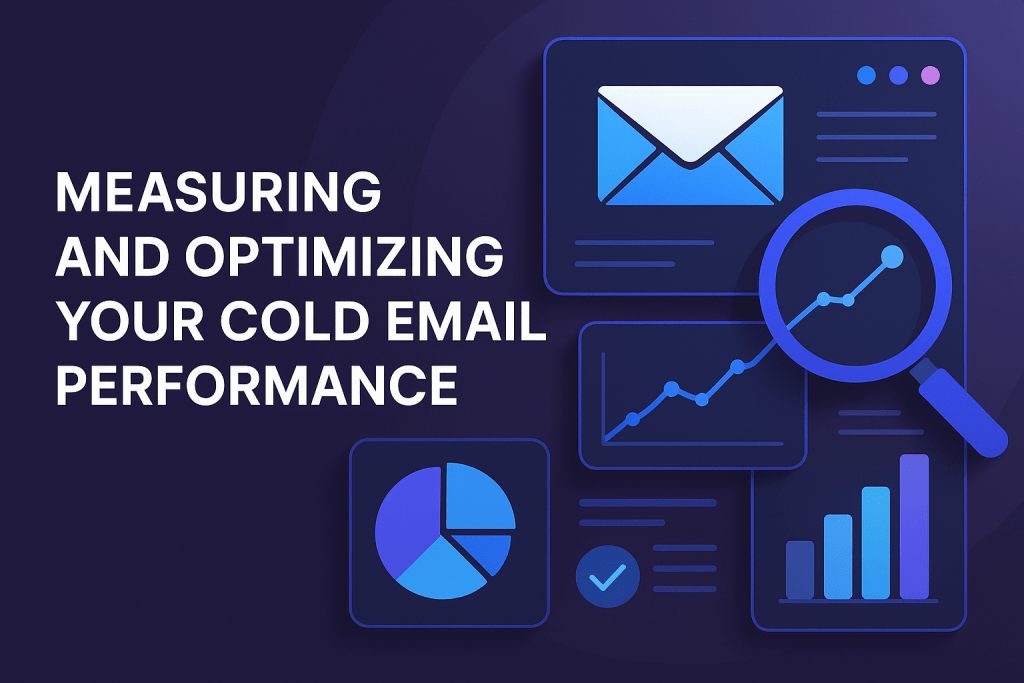
A good prospect list is key for a cold email campaign. It lets you send emails that really speak to people. To make a great list, you need to know who you want to reach and how to find them.
Identifying Your Target Audience
Figuring out who to target means knowing what they need and want. You can do this by studying the market and your customers. Buyer personas help you make your emails just right for them.
Think about job titles, industries, company sizes, and what problems your product solves. This info helps you send emails that really grab their attention.
Tools for Finding Quality Email Addresses
Finding the right email addresses is very important. There are tools that can help you find and check these addresses:
- LinkedIn Sales Navigator: Great for finding and checking professional emails.
- Clearbit: Helps find and check email addresses.
- Hunter: Offers email tracking and verification, and finds emails by domain.
These tools help find and check email addresses. This makes sure your emails don’t bounce back.
Segmentation Strategies for Better Results
Segmenting your list makes your emails more personal and effective. By breaking your list into groups, you can make messages that really speak to each one.
Demographic Segmentation
Demographic segmentation sorts people by things like age, job, and company size. This lets you make messages that fit each group better.
Behavioral Segmentation
Behavioral segmentation looks at what people do, like visiting your site or buying from you. This way, you can send emails that really hit home with them.
By mixing demographic and behavioral info, you can make a cold email campaign that really connects with people. It’s all about speaking to what they need and want.
Crafting Subject Lines That Get Opened
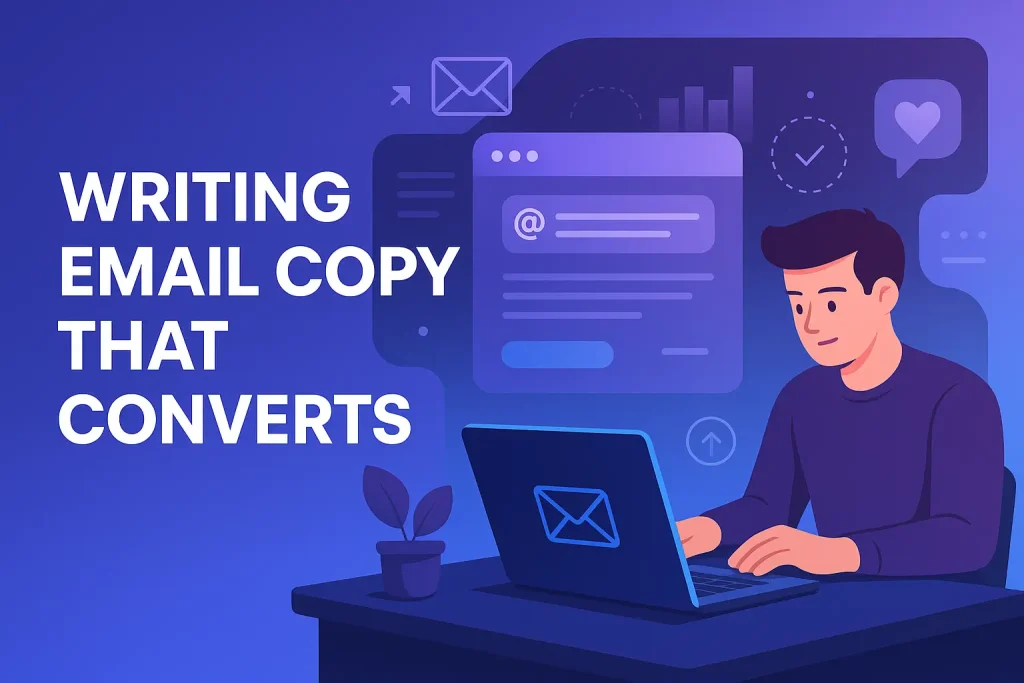
Making good subject lines is an art. It can really help your cold emails get opened. The subject line is the first thing people see. It decides if they open your email or delete it.
Psychology of High-Converting Subject Lines
Knowing what makes good subject lines is important. Lines that make people curious or feel urgent work best. Using words that make people act or personalizing can also help.
Personalization is key. Using someone’s name or talking about their company makes emails feel special.
A/B Testing Approaches for Subject Lines
A/B testing is vital for improving subject lines. It means sending two different subject lines to see which one works better. This helps you find out what people like more.
When testing, only change one thing at a time. This could be the tone, how long it is, or what words are used. This way, you know exactly what makes a difference.
Examples of Subject Lines That Drive 50%+ Open Rates
Some subject lines are better than others. Question-based, curious, and value-based lines work well.
Question-Based Subject Lines
Lines that ask questions make people curious. For example, “Are You Struggling with Your Email Marketing Strategy?”
Curiosity-Driven Subject Lines
Lines that spark curiosity without giving too much away are great. Like “The Secret to Boosting Your Sales.”
Value Proposition Subject Lines
Lines that clearly state what you’ll get by opening are effective. For example, “Increase Your Open Rates by 50% with These Tips.”
Here are some examples of successful subject lines in a tabular format:
| Type | Example | Open Rate |
|---|---|---|
| Question-Based | Are You Struggling with Your Email Marketing Strategy? | 52% |
| Curiosity-Driven | The Secret to Boosting Your Sales | 55% |
| Value Proposition | Increase Your Open Rates by 50% with These Tips | 58% |
Understanding subject lines, A/B testing, and making lines that connect with your audience can boost your cold email open rates. Using email copywriting tips can make your campaigns even better.
Writing Email Copy That Converts
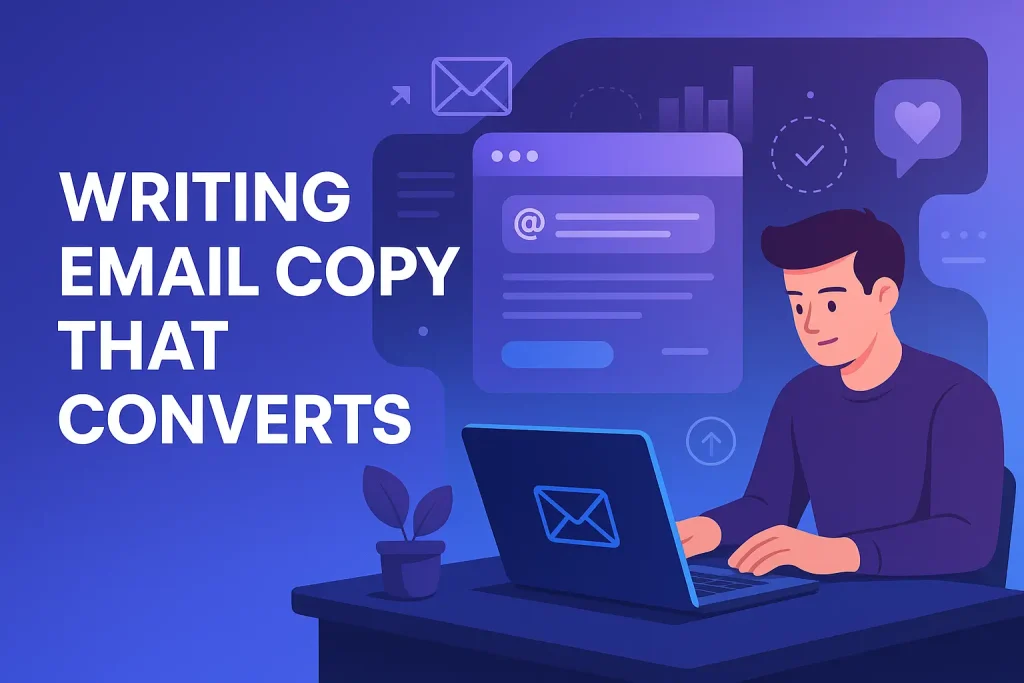
To boost email open rates optimization, focus on making your email copy great. It’s all about knowing your audience and writing something they’ll care about.
The Perfect Cold Email Structure
A good cold email grabs the reader’s attention right away. Start with a line that makes them curious.
Opening Line Strategies
Make your first line personal and relevant. A compliment or a reference works well.
Value Proposition Positioning
Share your value early to keep the reader interested. Keep it short and match their needs.
Personalization Techniques That Go Beyond First Names
Personalization is more than just using someone’s name. Show you’ve learned about their specific needs.
- Reference a recent achievement or event related to the recipient.
- Show that you’ve done your homework by mentioning something specific about their company.
- Tailor your message to their industry or role.
Creating Compelling Calls-to-Action
A call-to-action (CTA) is what gets things done. It should be clear and exciting.
Direct vs. Indirect CTAs
A direct CTA tells you exactly what to do next. An indirect CTA is softer, asking for a response or meeting.
Multiple CTA Strategies
Using more than one CTA can help get a response. But make sure they don’t confuse each other.
| CTA Type | Example | Effectiveness |
|---|---|---|
| Direct | “Schedule a demo now.” | High |
| Indirect | “Let’s discuss further.” | Medium |
| Multiple | “Reply to this email or give me a call.” | High |
Use these tips in your cold email copy. You’ll see your conversion rates go up and your email open rates optimization improve.
The Art of Personalization at Scale
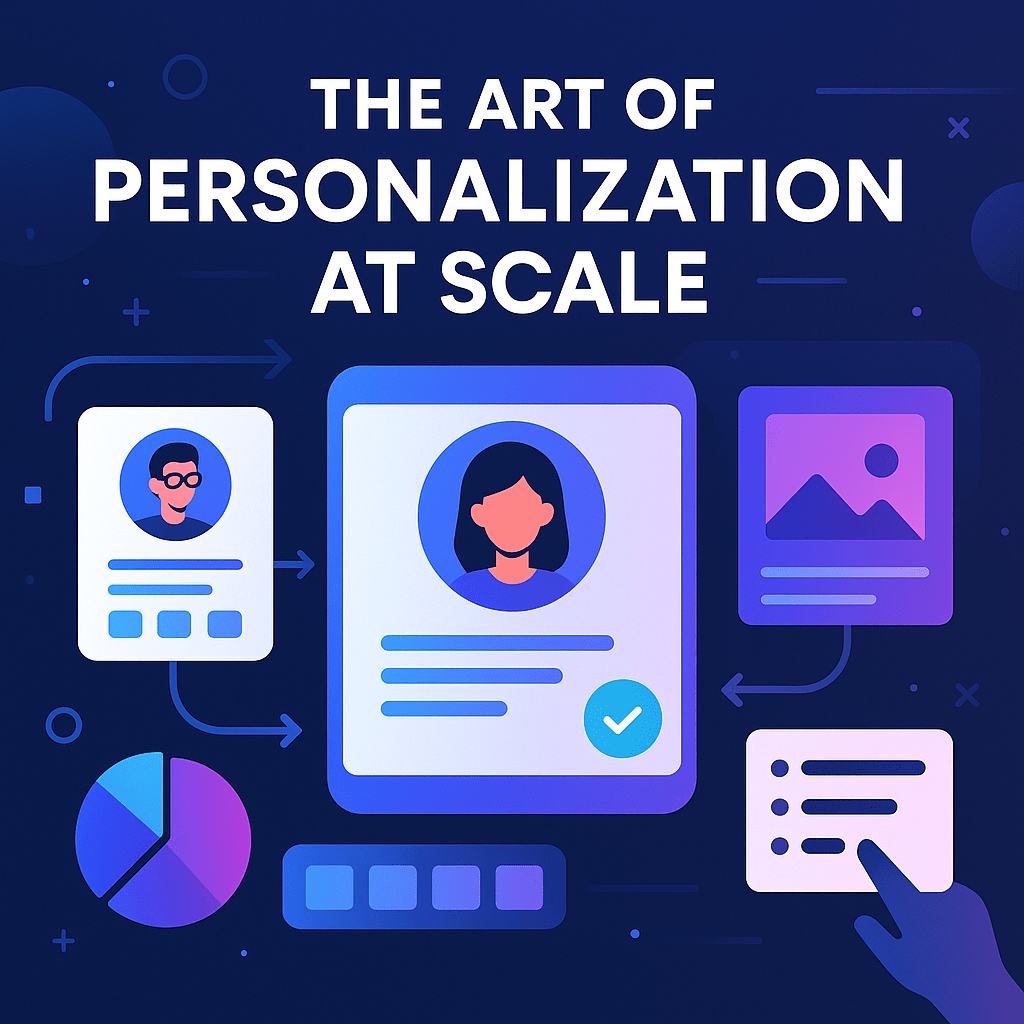
Making personalized cold emails is a mix of research, creativity, and tech. It’s key for email response rate improvement. With more digital noise, personal messages are more important than ever.
Research Methods That Don’t Eat Up Your Day
Good research is the heart of personal emails. Focus on quick data like company size and recent news. Use LinkedIn or Twitter for fast insights.
Also, data enrichment services can give you prospect info. This helps you tailor emails without manual research.
Automation Tools for Personalized Outreach
Automation is vital for scaling personal emails. Automation tools send personalized emails to many without losing the personal touch. They use dynamic fields for names and company info.
Balancing Personalization with Efficiency
It’s important to balance personal touch with speed. Personalizing every detail can take too long and isn’t always possible.
Template Systems That Allow Customization
Template systems help find this balance. They let you create a base template that can be customized. This makes each email feel special for the recipient.
Data Enrichment Services
Data enrichment services add more info about your prospects. This includes firmographic and technographic data. It helps make your message more relevant.
By using smart research, automation, and a balanced approach, you can boost your email replies. Stay flexible and adjust your strategy based on feedback and results.
Designing an Effective Follow-up Sequence
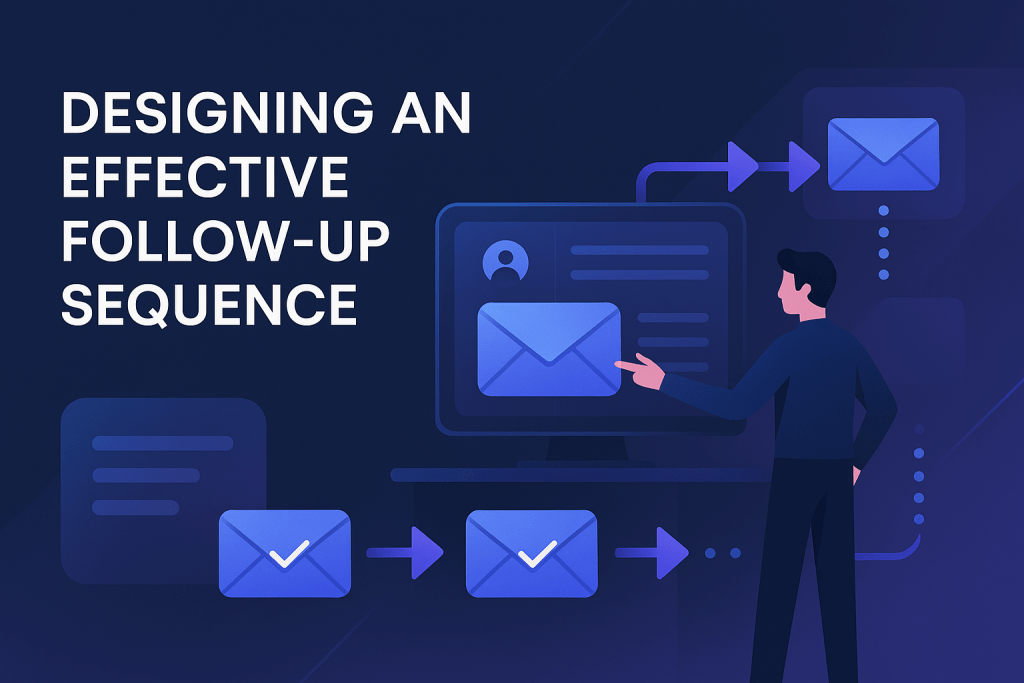
A good follow-up sequence is key for a strong cold email strategy. It boosts response rates and builds connections. The aim is to be persistent but not annoying.
Optimal Timing Between Follow-ups
When to send follow-up emails matters a lot. Too soon, and it feels pushy. Too late, and they might forget about you. Studies say 3-7 days apart works well, but it depends on your audience.
Varying Your Approach in Each Follow-up
Change how you follow up to keep things interesting. Try different types of emails, like:
Value-Add Follow-ups
These emails share useful stuff, like articles or case studies. They keep prospects interested.
Question-Based Follow-ups
Ask questions to understand what they need. This can spark a reply.
Pattern Interrupt Follow-ups
Try something new, like a video or a personal message. It breaks the routine and grabs attention.
When to Stop Following Up
Knowing when to stop is just as important as when to start. Usually, stop after 3-5 tries if there’s no reply. But, it depends on how they interact with you.
With a well-thought-out follow-up plan, you can make your effective email outreach better. This increases the chance of turning cold leads into valuable connections.
Cold Email Strategy: Legal Compliance and Best Practices
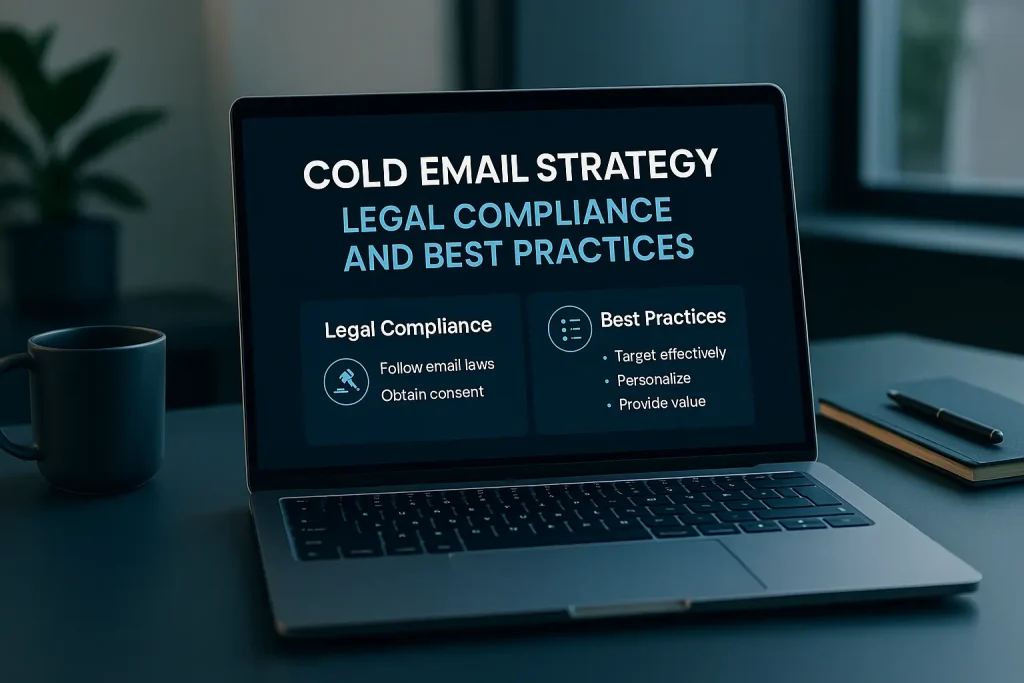
To make your cold email campaigns work well, you must follow the law. This keeps you out of trouble and builds trust with your readers.
CAN-SPAM Act Requirements
The CAN-SPAM Act has rules for cold emails. It says you must:
- Make it clear the email is an ad
- Give a real postal address
- Let people opt out
- Stop sending to those who opt out within 10 days
Not following these rules can cost you a lot of money. So, it’s very important to follow them.
GDPR Considerations for International Outreach
If you’re emailing people in the European Union, you need to think about GDPR. GDPR asks for:
- Clear consent before sending emails
- To tell people how you’ll use their data
- To make it easy for people to opt out
Knowing and following GDPR is key to avoid big fines when emailing abroad.
Ethical Boundaries in Cold Emailing
Being ethical is just as important as following the law in cold emailing. You should always be honest about who you are and why you’re emailing.
Opt-Out Mechanisms
It’s not just the law that wants you to let people opt out. It’s also the right thing to do. You can do this by adding an unsubscribe link to your emails.
Data Storage Practices
Keeping data safe and private is very important. Make sure to store data securely and only let the right people see it.
By following the law and being ethical, your cold email campaigns will do better. And you’ll keep a good name for your business.
| Regulation | Key Requirements |
|---|---|
| CAN-SPAM Act | Clear disclosure, physical postal address, opt-out mechanism |
| GDPR | Explicit consent, clear data processing info, easy opt-out |
Measuring and Optimizing Your Cold Email Performance
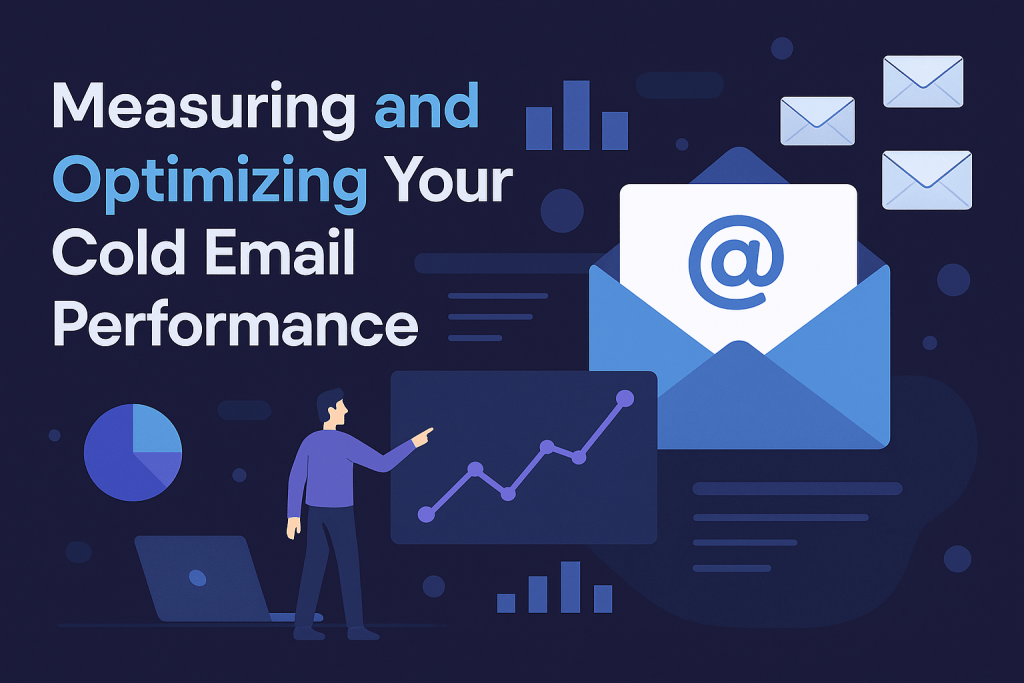
Measuring your cold email campaigns is more than just tracking numbers. It’s about getting to know your audience better. To get better results, you need to watch key metrics and change your plans as needed.
Key Metrics to Track
To see how well your cold email campaigns are doing, you should look at a few important things. These are:
- Deliverability Rates
- Open Rates
- Response Rates
- Conversion Rates
Deliverability Rates
Deliverability rates show how many emails make it to your recipients’ inboxes. Having a high rate is very important for your campaign’s success.
Open Rates
Open rates tell you how many people open your emails. Making your best email subject lines better can really help here.
Response Rates
Response rates show how many people reply to your email. Making your emails personal and relevant can help a lot here.
Conversion Rates
Conversion rates show how many people do what you want them to do. Using good cold email templates can help a lot here.
Tools for Analytics and Reporting
Using the right tools for analytics and reporting is key. These tools help you track important metrics and give you useful data.
Iterative Improvement Process
Improving your cold email strategy is an ongoing process. It involves testing and tweaking your approach based on how well it’s doing. This means trying different subject lines, email content, and calls-to-action to see what works best.
By focusing on these areas and always trying to get better, you can make your cold email campaigns much more effective.
Real-World Cold Email Success Stories
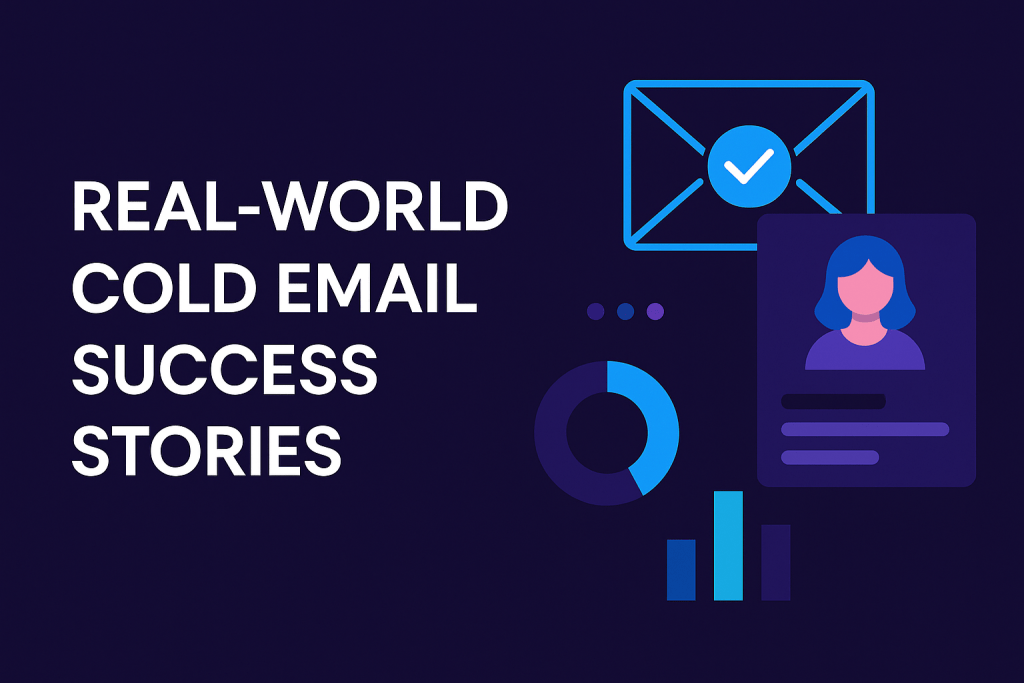
Looking at successful cold email campaigns can help businesses improve their outreach. Cold emailing is key in digital marketing. It lets businesses reach out to new clients and customers directly.
B2B Sales Success Case Studies show that personalized cold emails can really help. For example, emails with personal subject lines get 26% more opens. Companies like HubSpot have used cold emails to find new clients, proving it works.
B2B Sales Success Case Studies
A B2B software company boosted sales by 25% with a cold email campaign. They used email copywriting tips like personalization and clear messages. This helped them connect better with their audience.
Startup Outreach Wins
Startups have also seen success with cold email marketing. A tech startup got a big investment from a well-written cold email. They improved email open rates optimization by using catchy subject lines and personal content.
Key Takeaways from Successful Campaigns
Good cold email campaigns are personal, relevant, and clear. By using these tips and learning from others, businesses can do better with their cold emails.
By using these tips and focusing on email copywriting tips, businesses can do better with their cold emails. This can lead to better results.
Common Cold Email Mistakes and How to Avoid Them
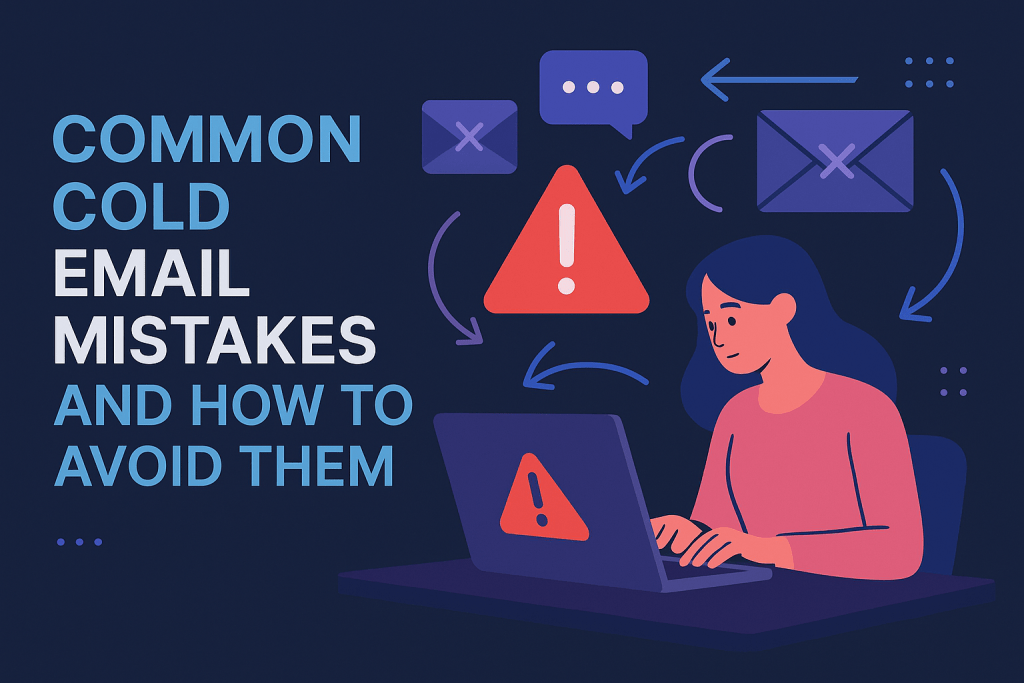
To make your cold email strategy better, know and avoid common mistakes. Cold emailing is an art that needs care, personal touch, and knowing your audience well.
Red Flags That Trigger Spam Filters
Spam filters keep us safe from unwanted emails. Don’t use too much promotional talk, weird punctuation, or dodgy links. A simple subject line and avoiding spam words helps your email get through.
Messaging Errors That Kill Response Rates
Mistakes in your message can hurt as much as spam filters. Personalization is key. Don’t send generic emails. Make sure your email is for the right person and talks to their needs or interests. A clear call-to-action (CTA) helps get more replies.
Technical Pitfalls That Hurt Deliverability
Technical problems can mess up your email campaign. This includes email authentication issues and sending infrastructure problems.
Email Authentication Issues
Use email authentication like SPF, DKIM, and DMARC to avoid spam flags.
Sending Infrastructure Problems
Choose a good email service and keep your list clean. Watch your email stats to fix any problems fast.
Knowing and avoiding these mistakes can boost your email success. This way, you’ll get more replies and better results from your campaigns.
Conclusion: Building Your Effortless Cold Email System
Creating a good email outreach plan is key for businesses wanting to grow. It helps them reach more people and get better results. Knowing what makes emails work, setting goals, and picking the right people to contact are important steps.
Adding personal touches, a good follow-up plan, and following the law are also key. These steps help make your email campaign successful. By always checking and improving your work, you can make your cold email system work well.
Good email outreach is more than just sending emails. It’s about making real connections and building strong relationships. By using the tips from this article, you can make your cold email outreach better. This will help you reach your business goals.
FAQ
What makes a cold email effective?
A good cold email is personal and useful. It has a clear subject line and a strong start. It also tells the recipient what to do next.
How do I avoid being marked as spam when sending cold emails?
Don’t send emails to people who didn’t ask for them. Use a good subject line and avoid spam words. Include a way for people to stop getting emails from you. Also, use special email checks to show your email is real.
What is the ideal length for a cold email?
Cold emails should be short, between 50-125 words. They should be clear and interesting, but not too long.
How often should I follow up with a prospect via email?
Follow up 2-3 times if you don’t get a reply. Wait 3-7 days between each email. Change what you say each time to keep them interested.
What are some best practices for A/B testing cold email subject lines?
Test one thing at a time, like the tone or length. Keep your test small but big enough to matter. Test for a long enough time to see real results.
How can I improve my email open rates?
Make your subject lines interesting. Send emails to the right people. Make sure your emails get through spam filters. Personal touches and timing help too.
What metrics should I track to measure the success of my cold email campaigns?
Watch how many emails get delivered, opened, replied to, and turned into sales. These numbers show how well your emails are doing and where you can get better.
How do I ensure GDPR compliance when sending cold emails to international prospects?
Always ask for permission before emailing people. Tell them how you’ll use their info and how they can stop emails. Make sure you store their data the right way too.

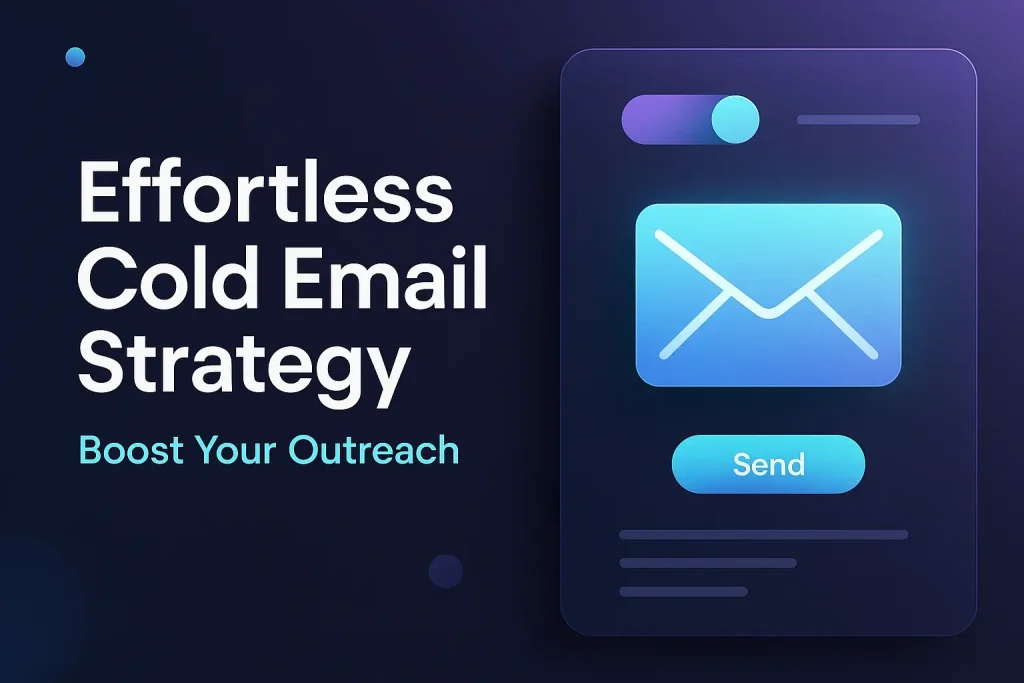
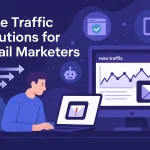
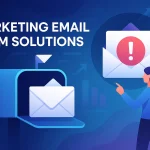
I like how you emphasize tailoring messages. One thing that’s helped me is creating audience ‘personas’ before drafting emails—it makes personalization way more efficient and keeps the outreach feeling authentic.
I love how this article emphasizes building trust right from the first email. It’s so often overlooked, but showing value early on makes all the difference in getting a positive response.
The post highlights something so important — the fact that a cold email isn’t just a shot in the dark. It’s about understanding your target audience and using the right tools to engage them effectively. Personalization makes a huge difference!
I really appreciate how this post breaks down the psychology behind cold email success. That 3-second decision window is such a powerful insight—it’s a reminder that clarity and relevance can’t wait until the second paragraph.